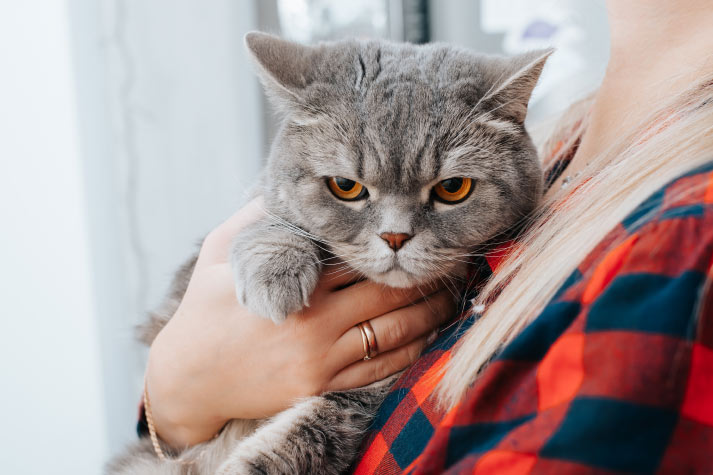


29 May
If you have ever noticed your cat hiding under the bed, refusing to use the litter box, or suddenly becoming aggressive, you might be witnessing cat anxiety. As cat owners ourselves, we know firsthand how distressing it can be to see your furry friend in distress. But understanding the causes, recognizing the signs, and knowing how to help can make all the difference in your cat’s quality of life.
Cats are sensitive creatures, and while they often seem independent, they can be deeply affected by changes in their environment or routine. Anxiety in cats is more common than many people realize, and it can manifest in a variety of ways. Unlike dogs, cats tend to internalize stress, making it harder for owners to detect.
Identifying anxiety in cats is not always straightforward. Some signs are obvious, while others are subtle and easy to miss.
Here’s what to look for:
Understanding what triggers anxiety in your cat is the first step toward helping them feel better. Here are some of the most common causes:
When you notice signs of anxiety in your cat, the first and most important step is to create a safe and predictable environment for them. Consistency helps cats feel secure, so aim to keep their daily routine as stable as possible.
This means feeding them at the same times each day and maintaining regular play and cuddle sessions. Small changes can sometimes unsettle sensitive cats, so try to minimize disruptions and provide a sense of familiarity whenever possible.
To further ease your cat’s anxiety, ensure they have plenty of mental and physical stimulation. Interactive toys, puzzle feeders, and climbing structures can help channel your cat’s energy and keep their mind engaged, which in turn reduces stress. In addition, always offer safe spaces where your cat can retreat and feel secure; whether that is a cozy bed, a high perch, or even a simple cardboard box. For added comfort, consider using calming products like pheromone diffusers or calming collars, which can be especially helpful during major changes such as moving or introducing new pets.
If you have more than one cat at home, it is important to keep their resources separate. Each cat should have their own food and water dishes, as well as their own litter box, to prevent competition and reduce anxiety.
Never punish your cat for anxious behaviour; instead, focus on positive reinforcement and gentle encouragement to help them feel loved and safe. When introducing new people, pets, or environments, take things slowly and allow your cat to explore at their own pace, providing plenty of reassurance and praise along the way.
If your cat’s anxiety continues despite these efforts, it may be time to consult a professional. Your veterinarian can rule out underlying health issues and may recommend additional treatments such as medication or behavioural therapy. In some cases, a certified animal behaviourist can provide tailored strategies to help your cat cope with stress.
Cat anxiety is a common but often overlooked issue. By understanding the causes, recognizing the signs, and taking proactive steps to help your cat feel safe, you can make a significant difference in their well-being.
Remember, every cat is unique, and what works for one may not work for another. Patience, understanding, and a compassionate approach are essential. By consistently offering a safe, stimulating, and predictable environment, you can help your anxious cat become more confident and content.

AUTHOR’S BIO
ARSH BHARDWAJ
I am passionate about language, storytelling and the human urge to connect Having paid close attention to marketing and branding as a craft for some time, I'm eager as ever to indulge my passion for prose.